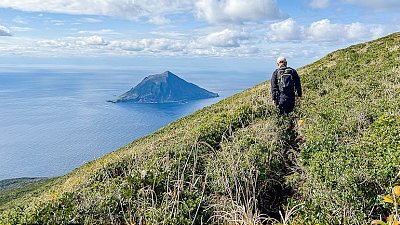Echigo Tsumari Art Triennale 2024
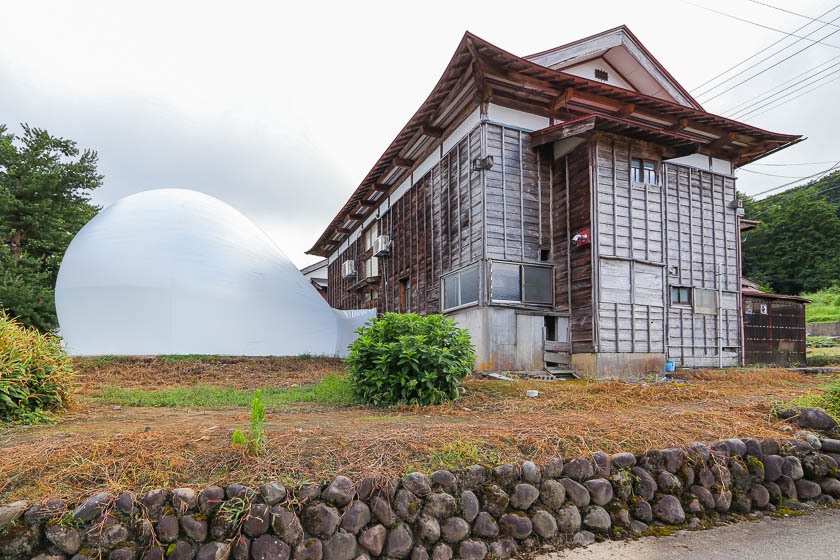
Taking place in the relatively large Echigo Tsumari region in southern Niigata Prefecture, the Echigo Tsumari Art Field is an art festival that is held once every three years. The first Echigo Tsumari Art Triennale was held in 2000 with a goal to revitalise the region via art. This year's art festival is the ninth time it has been realized, and it is held from July 13 till November 10, 2024.
Closed schools and abandoned houses were repurposed into facilities to exhibit artwork, and installations are placed outdoors juxtaposed with their surroundings. In some cases, the buildings themselves are the artworks. The number of artworks and artists have also increased over the decades, and in 2024, there are over 300 artworks, of which more than 200 have been made permanent.
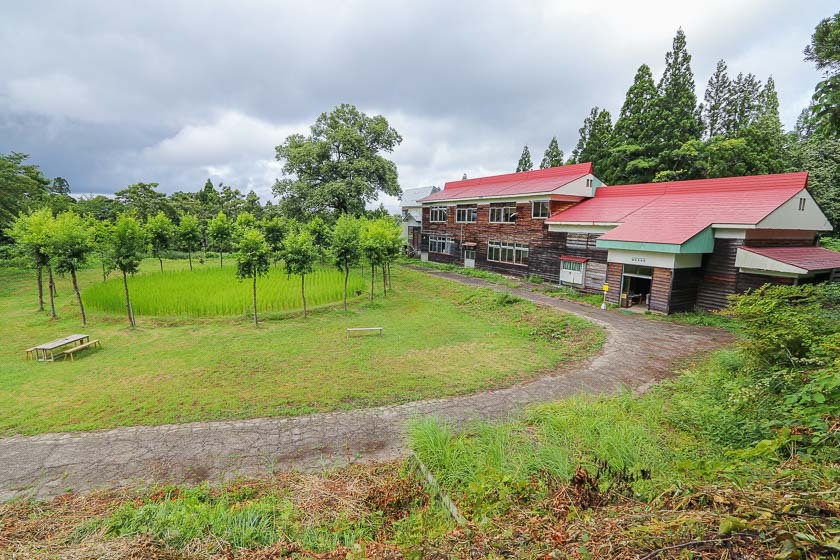
The area that comprises the region of Echigo Tsumari is a well-known rice growing region, and visitors can look forward to seeing rice fields, especially from July through to mid September before the rice gets harvested. Echigo Tsumari is also large, and the artworks are spread out across the region - the farthest artworks are just over 50 kilometers apart and driving between them takes just over an hour. A few main art venues include the Echigo Tsumari Satoyama Museum of Contemporary Art (MonET), Matsudai Nohbutai, Echigo Matsunoyama Museum of Natural Science and the Nunagawa Campus, which contain multiple artworks and make it easy to see a few in a single location. See the access section below for more details about getting around.
During the triennale, the opening hours of indoor artwork is typically from 10:00 to 17:00, and major facilities like museums may open earlier. Outdoor artwork can be seen during daylight hours. For more information, please see the hours and fees section below.
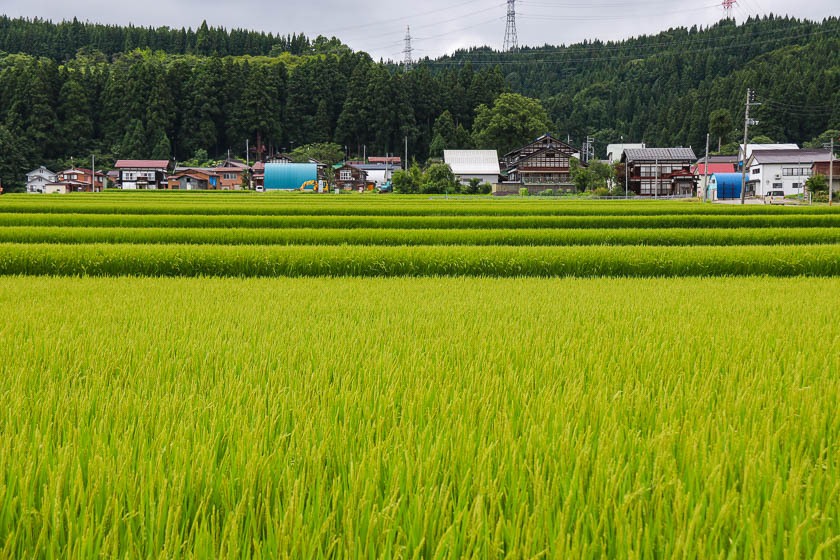
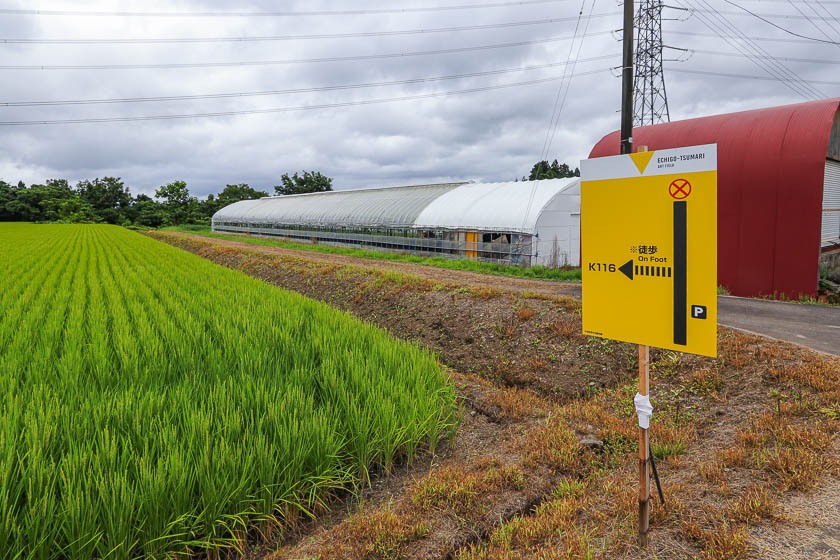
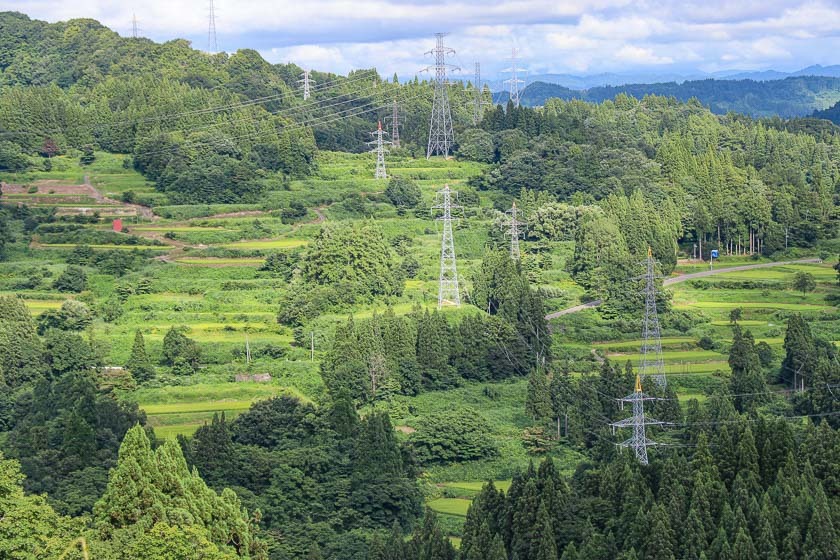
The last time I visited the Echigo Tsumari Art Triennale was nine years ago in 2015, when I was just a young child :P I returned to the art site older and wiser, and sought out the artworks that were new for this year.
Like the last time, my first stop was MonET, where I purchased my triennale passport and checked out the new installations. I visited the two areas with the most number of artworks, Tokamachi and Matsudai, and tried my best to see as many new artworks within their opening hours.
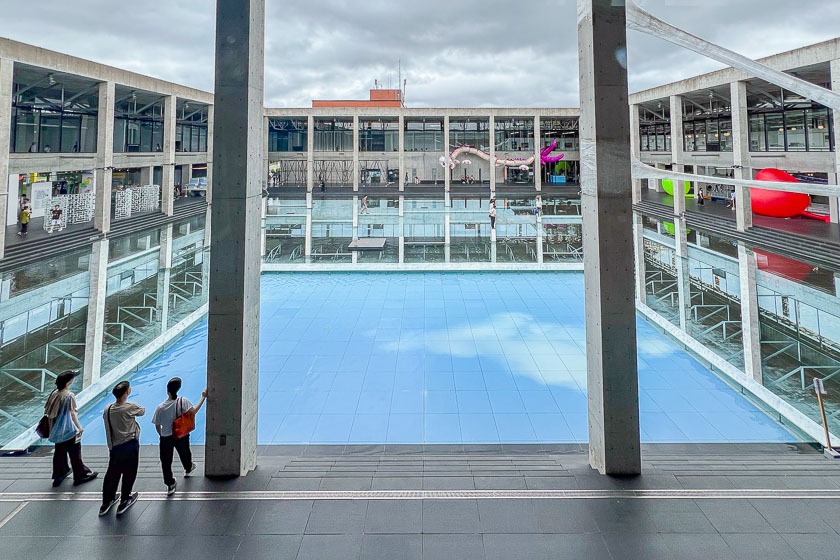
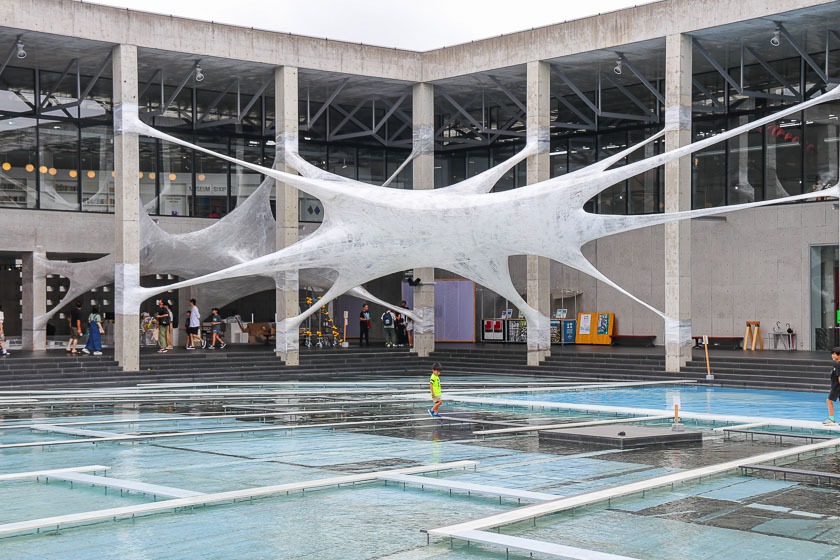
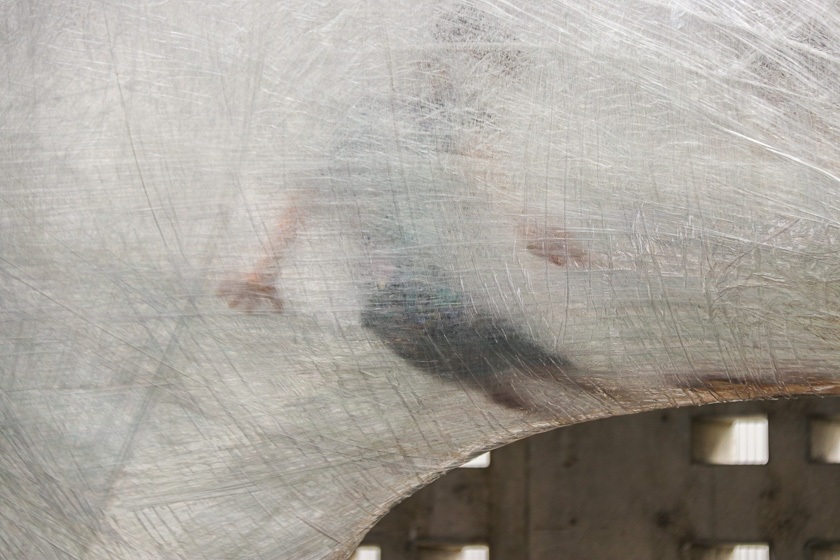
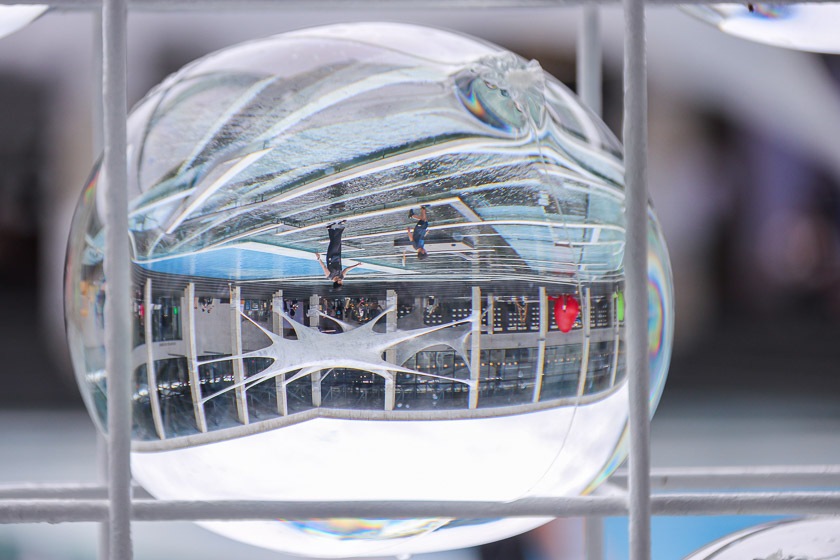
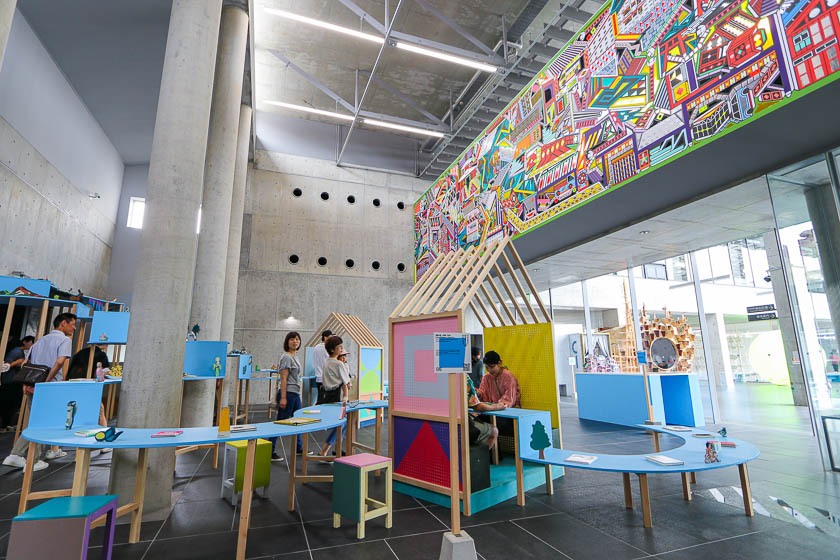
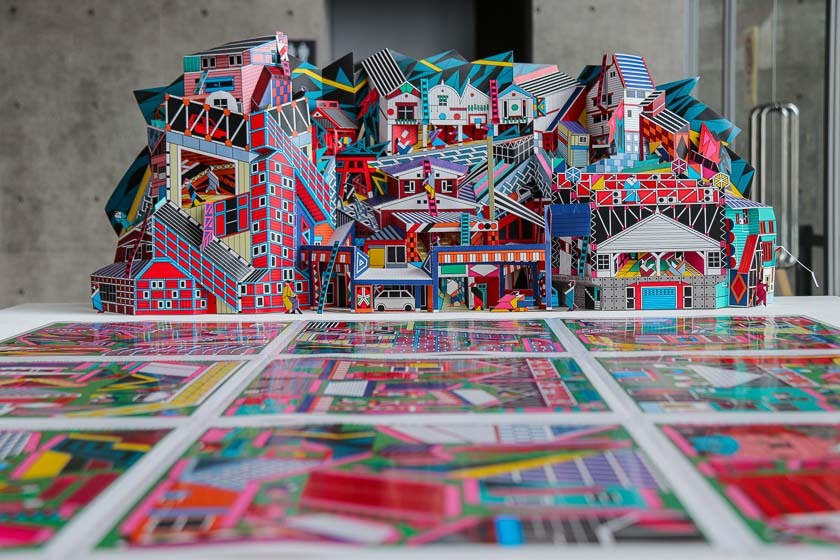


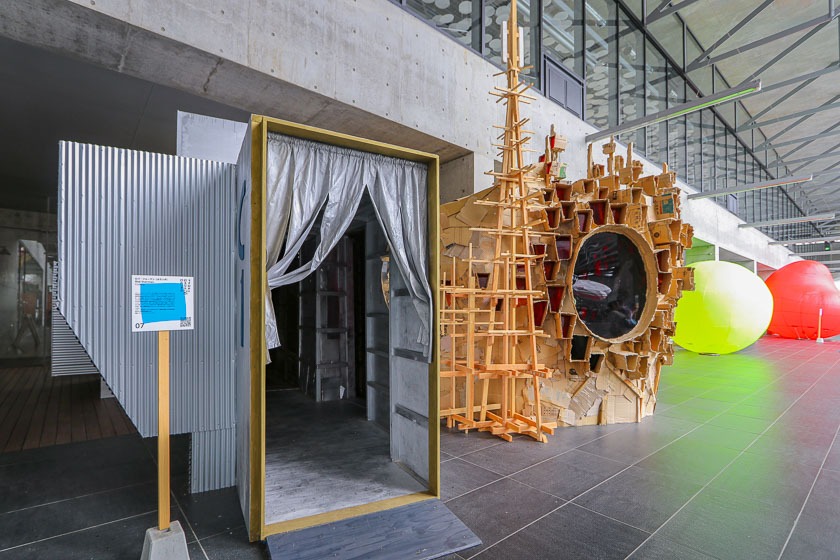
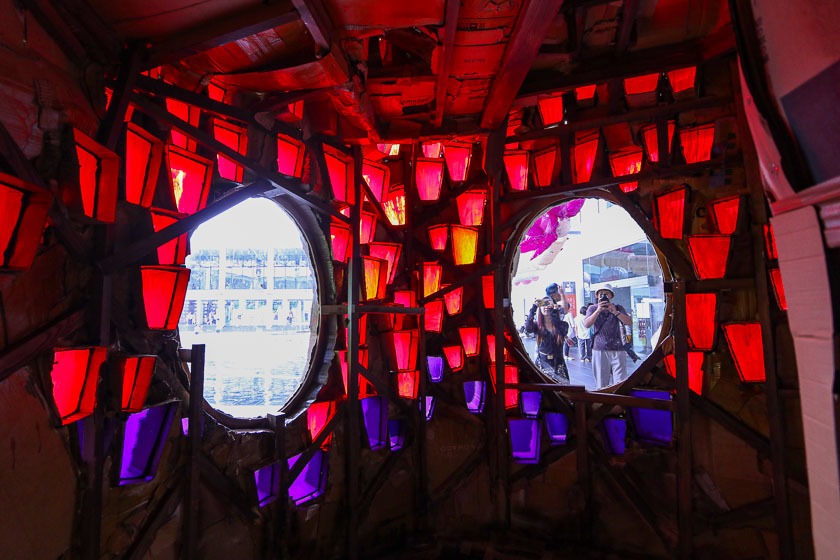


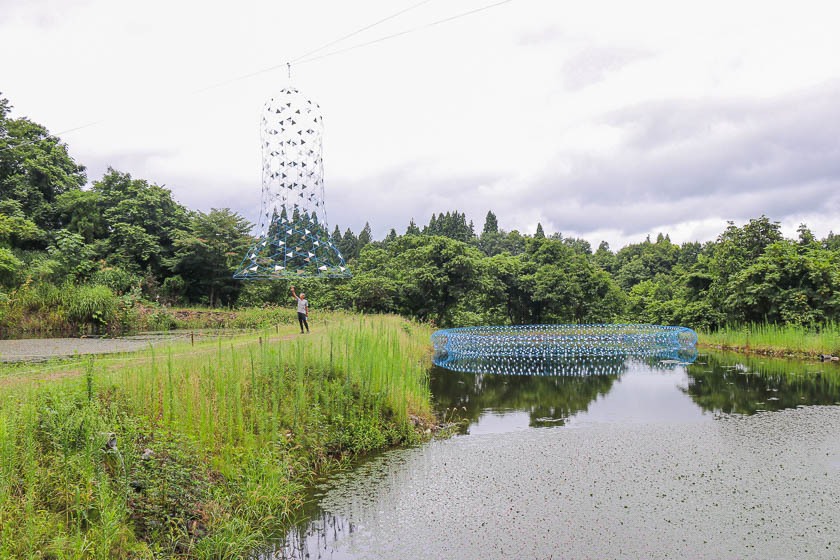
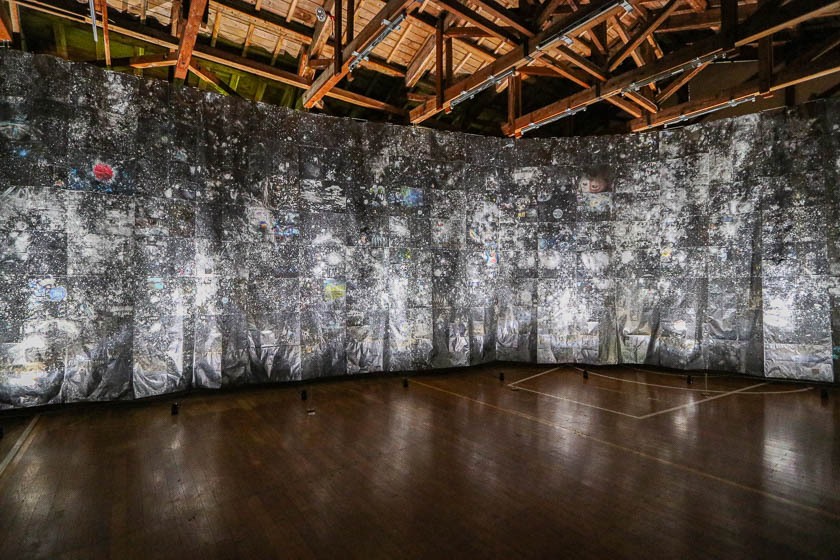
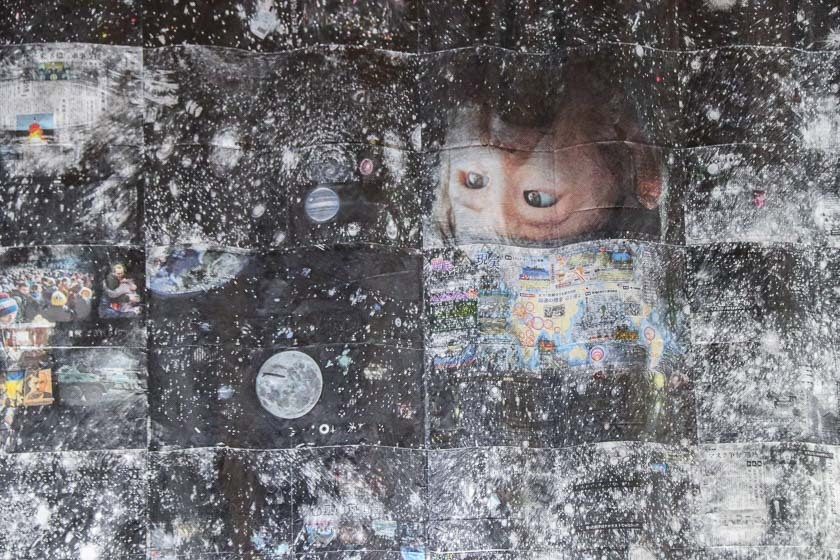
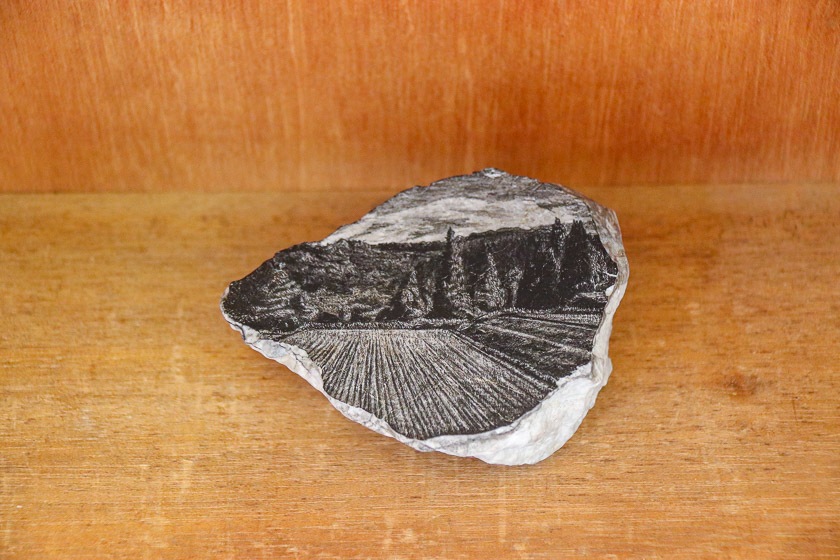
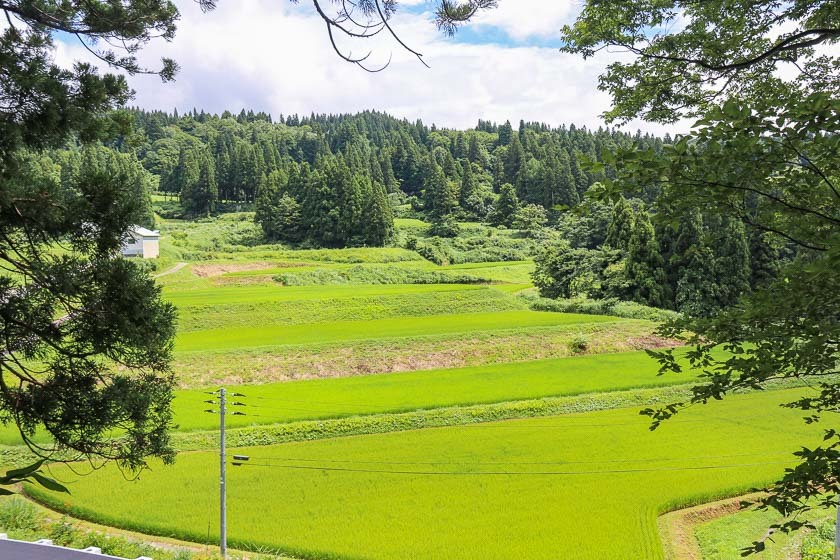
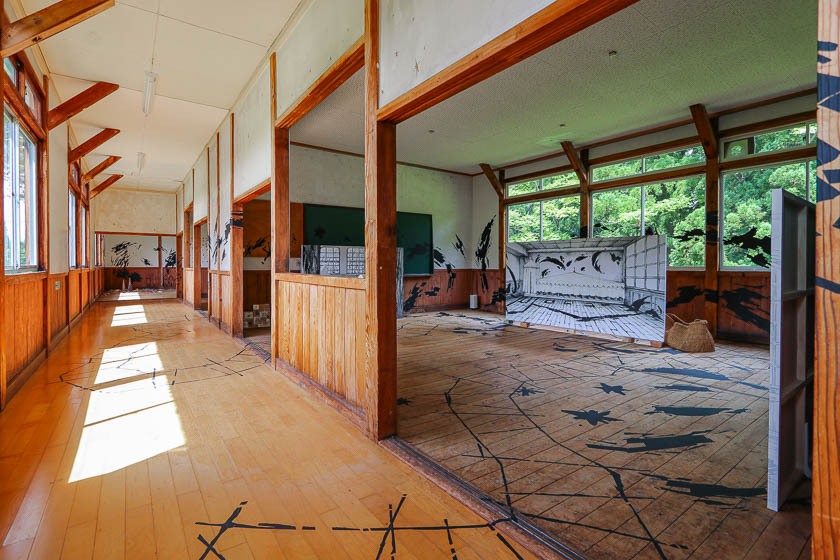
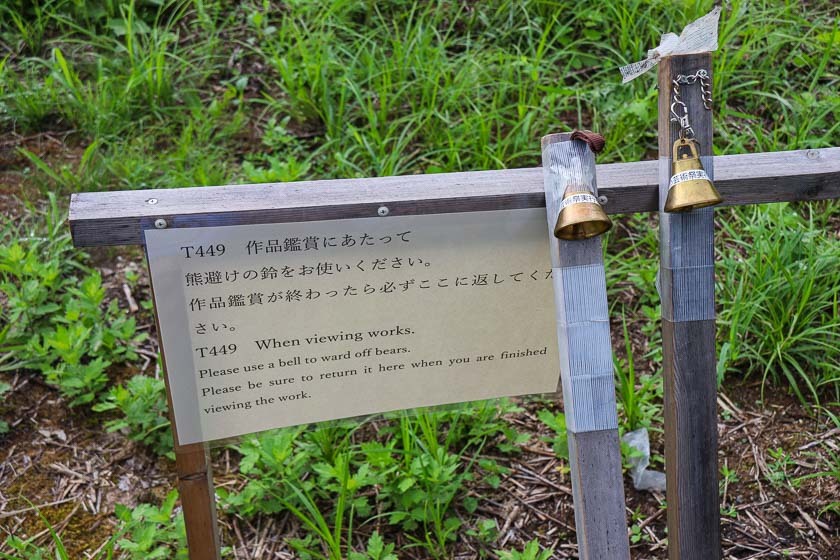

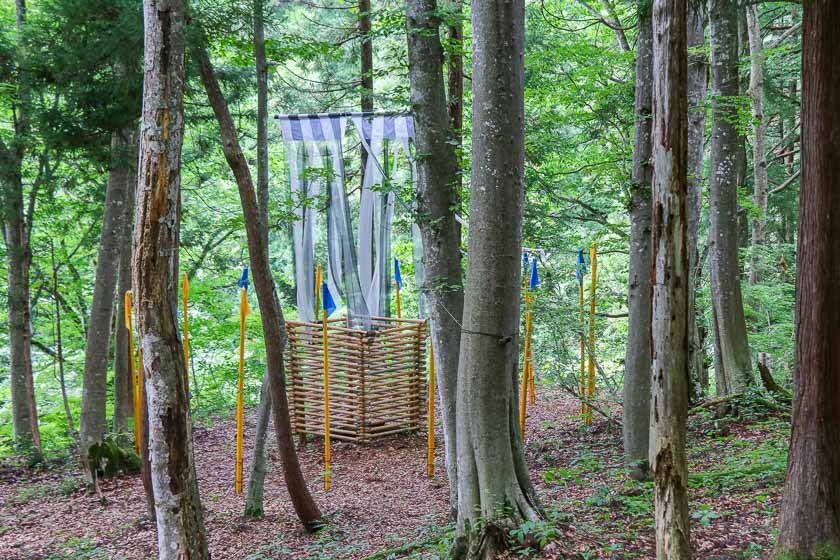
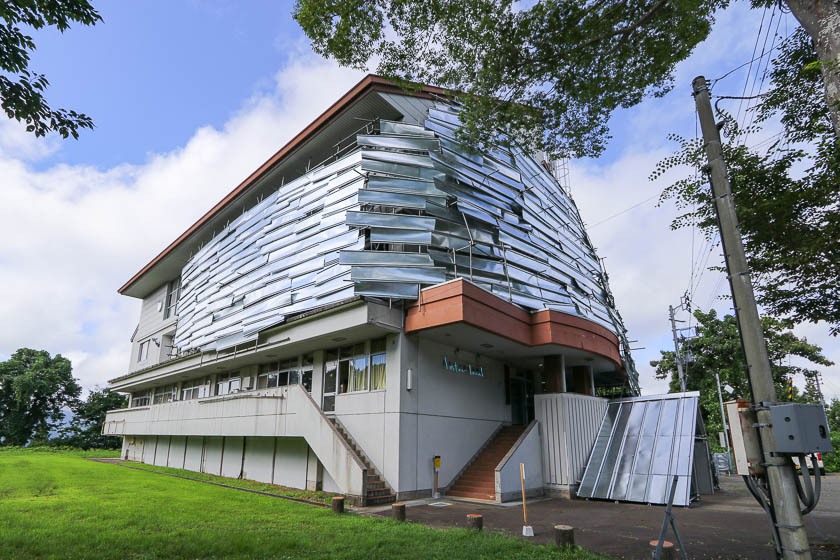
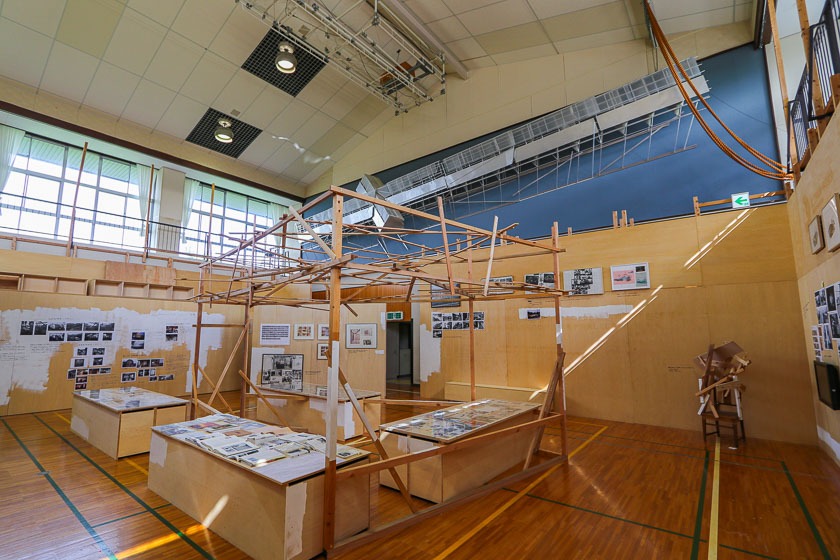
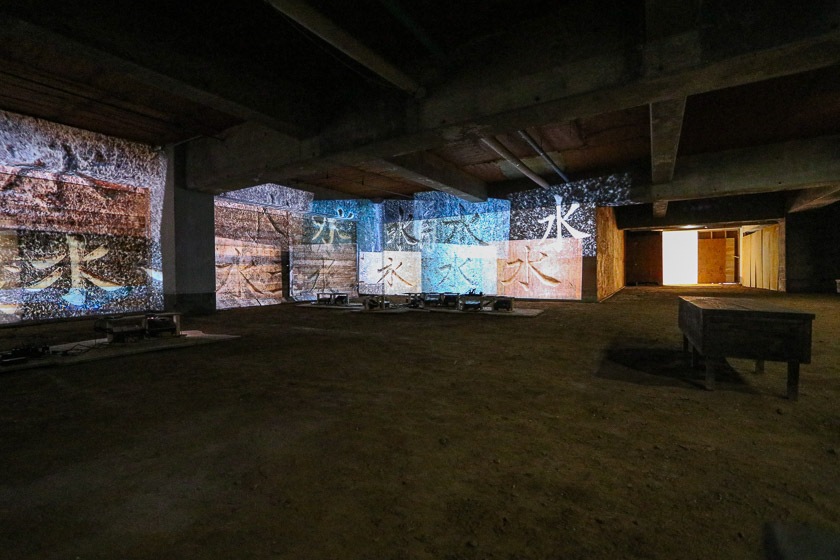
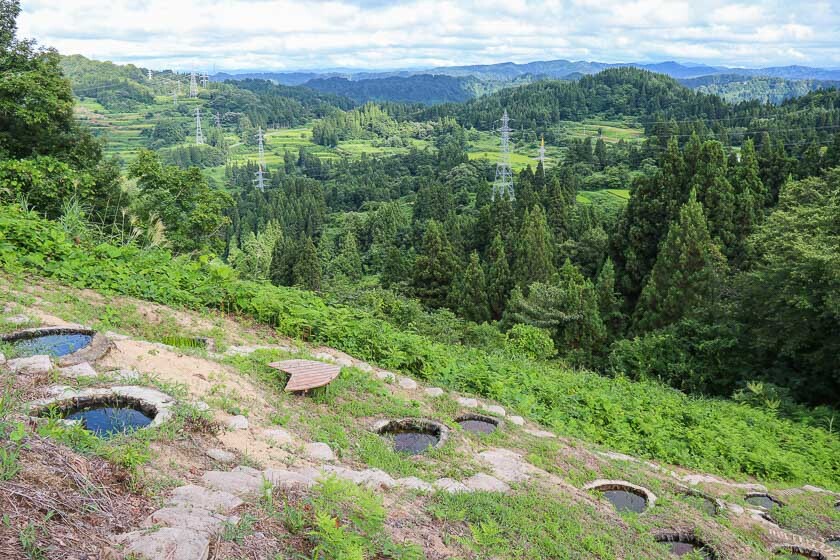
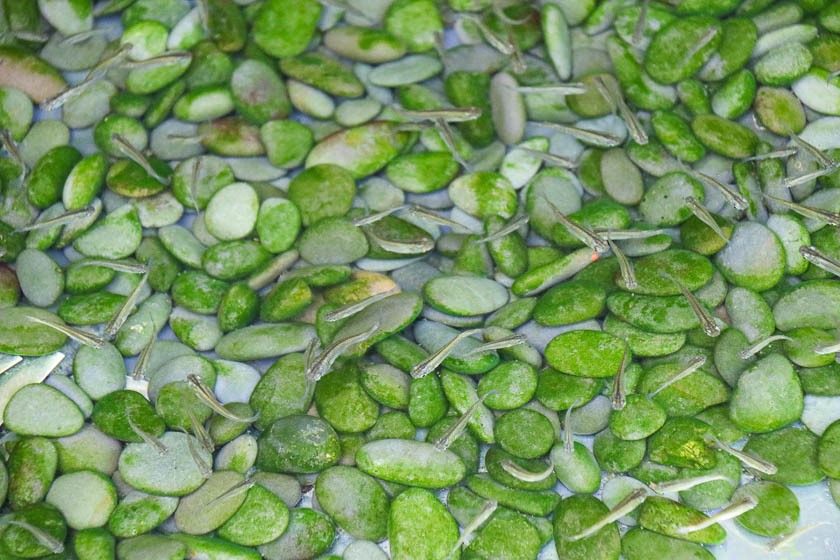
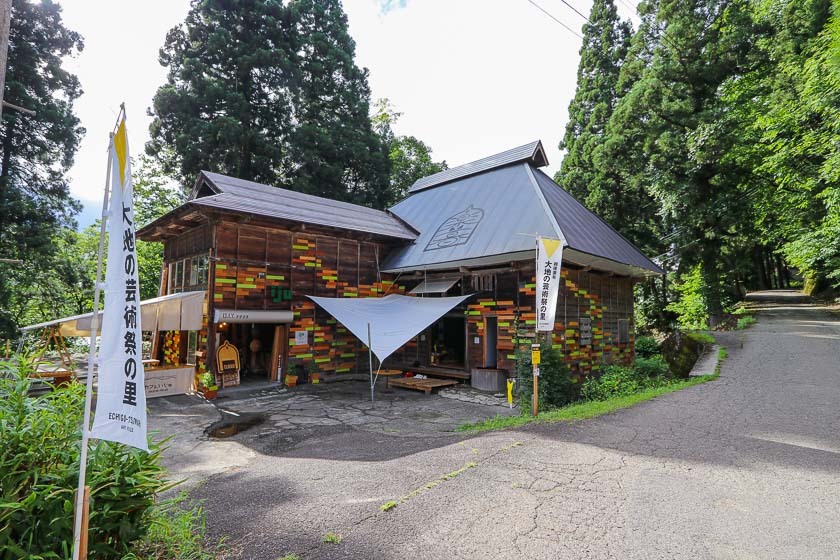
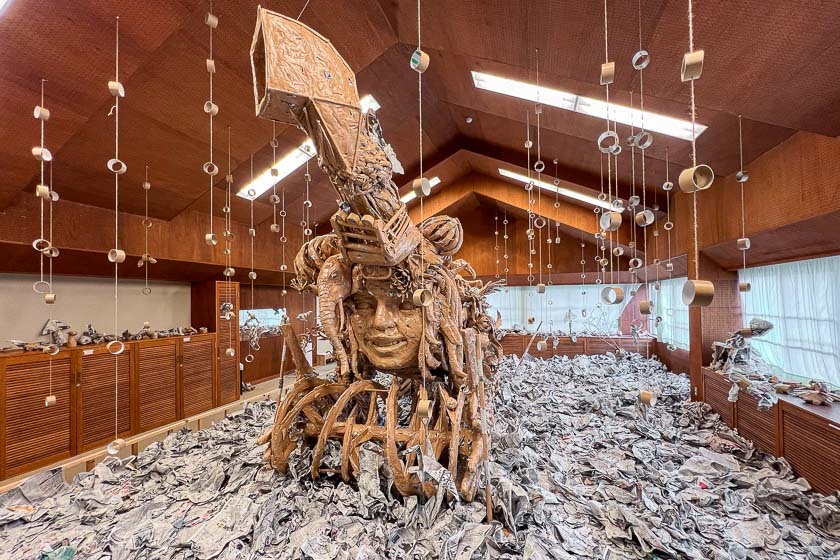

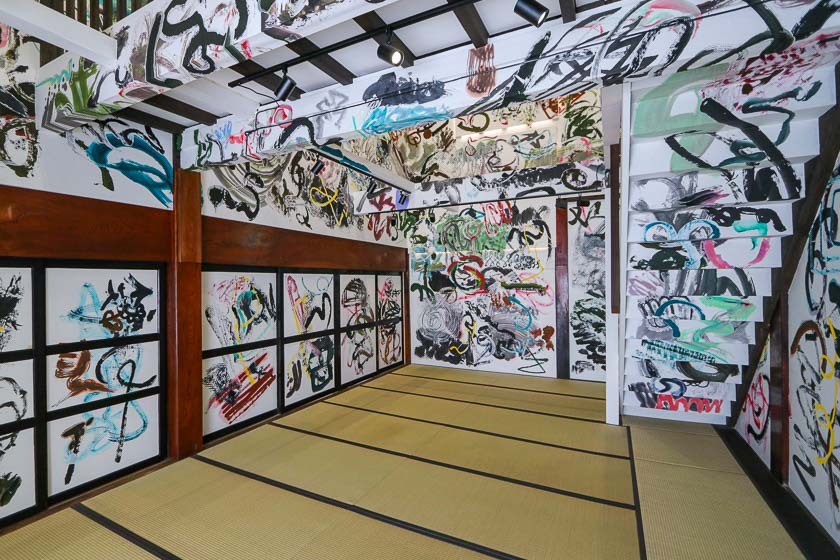
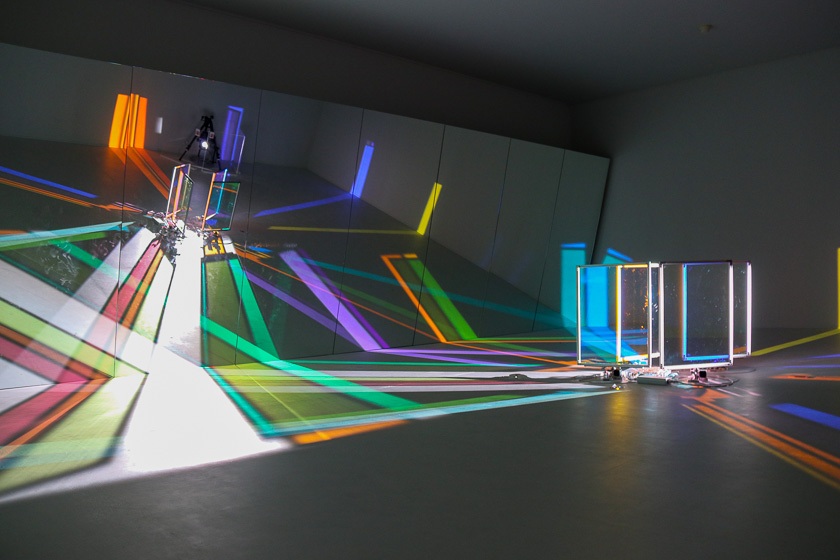
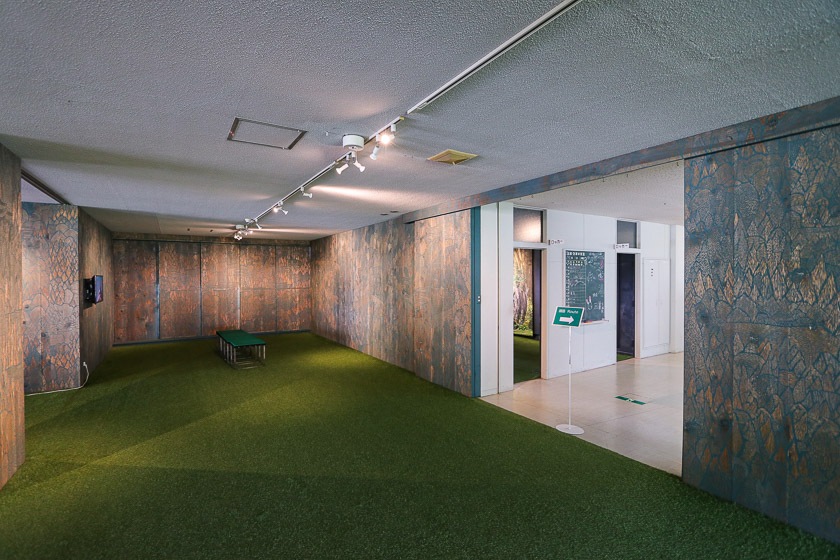
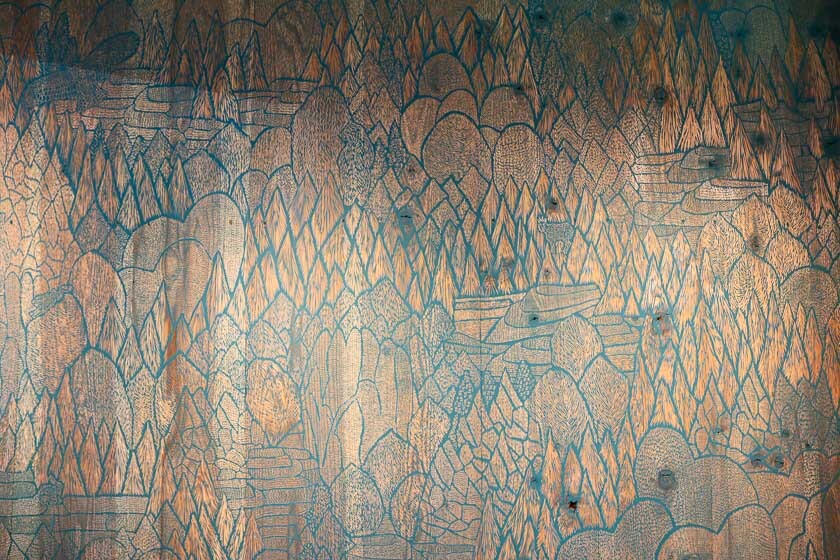
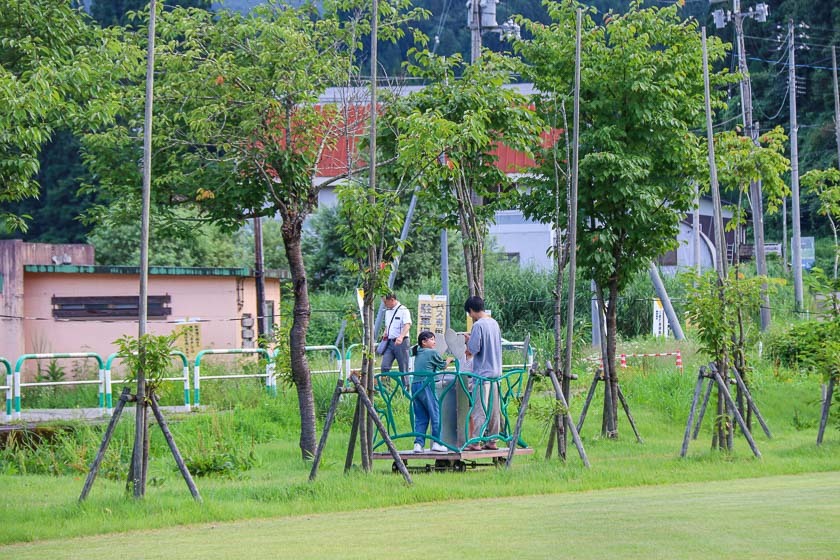
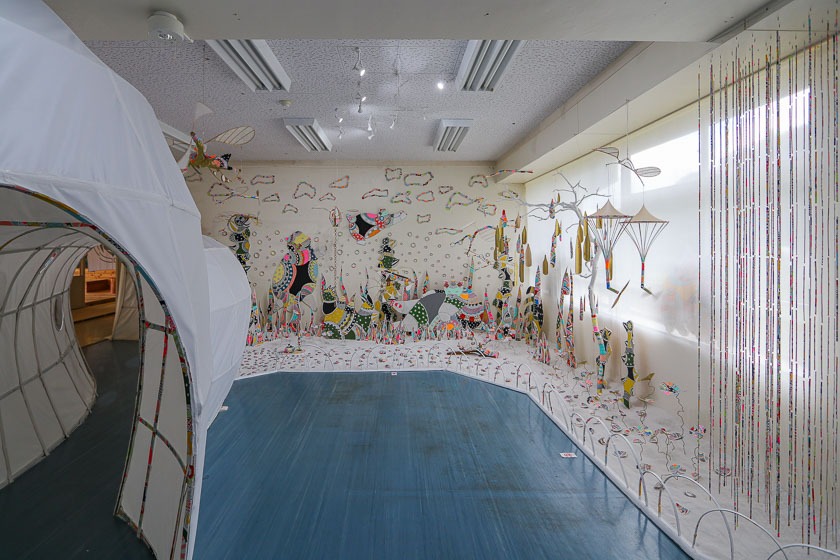
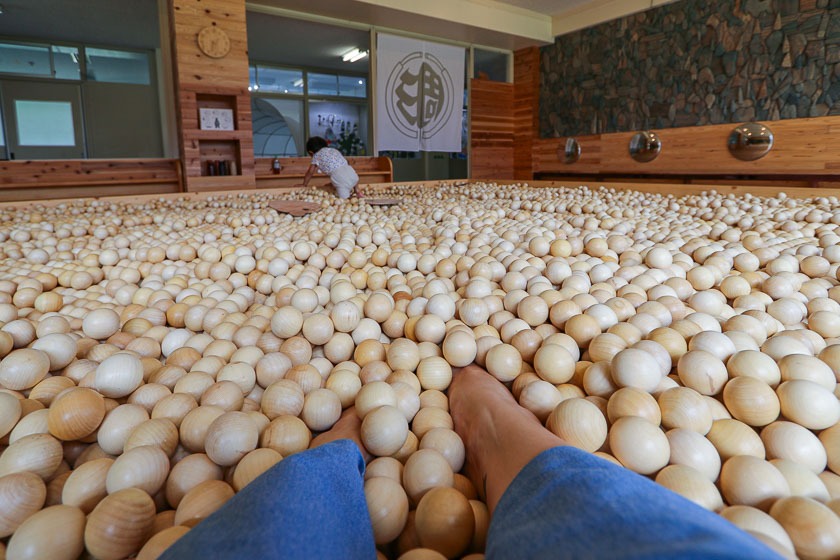
At the end of the day, I managed to only cover 20 percent of the new exhibits. However, the passport is valid for another few more months, so hopefully I will be able to cover everything before it ends!

Hours and fees
The Echigo Tsumari Art Triennale 2024 is held from July 13 to November 10. During the festival period, many of the indoor installations and facilities open from 10:00 to 17:00, and are closed on Tuesdays and Wednesdays. Outdoor installations can be viewed during daylight hours.
A passport that covers entry to all of the artworks is available for 4500 yen. It is also valid for the entire duration of the triennale. Passport holders can also receive small discounts at participating shops and restaurants in the region upon presentation of the passport. It can be purchased at the tourist information centers at Tokamachi and Matsudai stations, and at major exhibition facilities like the Museum on Echigo Tsumari, Matsudai Nohbutai Field Museum and Kiyotsukyo information center.
Access
The closest shinkansen station is Echigo Yuzawa (about 90 minutes one way from Tokyo, 6260 yen for an unreserved seat, 2-4 trains/hour). A rental car is recommended to explore the region, and rental car outlets can be found at Echigo Yuzawa Station.
Two major exhibition venues - Echigo Tsumari Satoyama Museum of Contemporary Art (MonET) and Matsudai Nohbutai - are located within walking distance of Tokamachi and Matsudai stations on the Hokuhoku Line. From Tokyo, take the Joetsu Shinkansen to Echigo Yuzawa, then transfer to the Hokuhoku Line for either Tokamachi (730 yen one way, one train every 1-2 hours) or Matsudai (1050 yen one way, one train every 1-2 hours). Traveling between Tokamachi and Matsudai on the Hokuhoku Line takes ten minutes and costs 350 yen one way.

